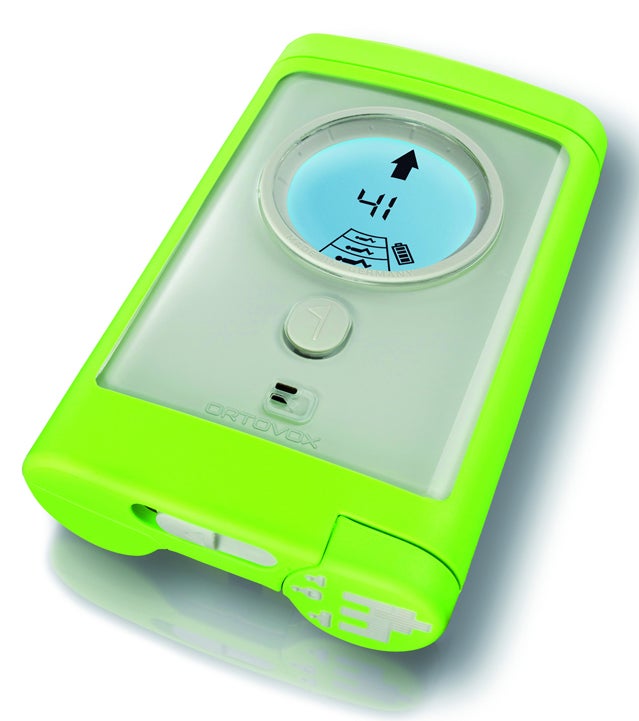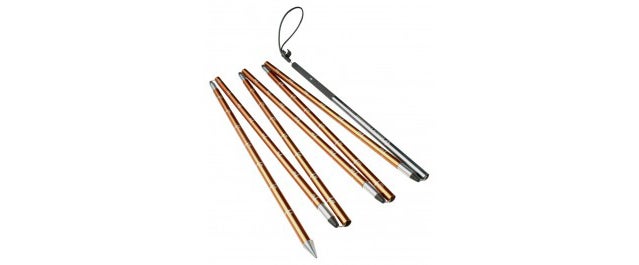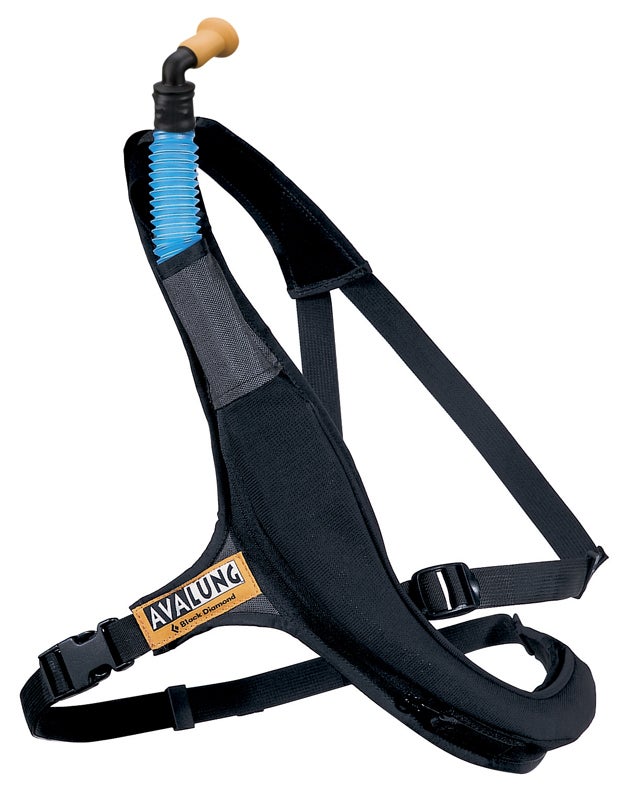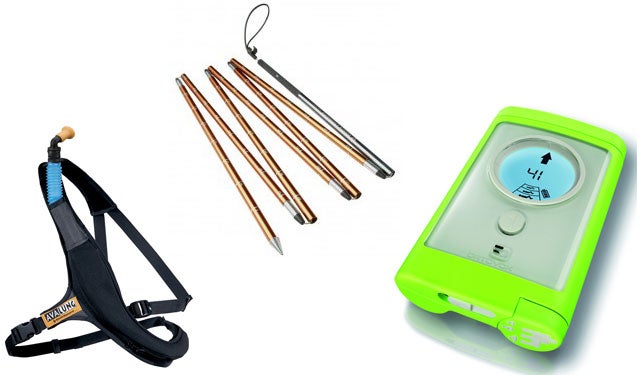Yes, there have been some fatalities this winter. Nine so far, in fact, across the western United States. The latest came in January, when a snowboarder hitting some backcountry snow triggered an avalanche in Utah and slid more than 1,000 feet. The snow this winter is risky: there’s a big, fun snowpack sitting on top of a very weak, dangerous base. The avalanche risk in several states—Utah, Colorado, Wyoming—is considerable.
I’m a proponent of good safety and rescue equipment, but I have a big caveat: If your ever find yourself thinking ‘Well, I have the right gear, so I’ll be okay if an avalanche hits,’ you should not be going into the backcountry. No one is okay in an avalanche. It’s analogous to being hit by a car, or a torrent of very cold, fast-moving water. The physical forces are tremendous, and no matter your gear, there’s a good chance you’ll be killed within minutes. If you survive the initial slide and haven’t been knocked unconscious by a tree, you face two challenges. First, once the avalanche stops moving, you have only a few seconds to carve out space in front of your face before billions of snow crystals begin coalescing and seal you into position like concrete. Two, your companions (assuming they weren’t buried as well) have roughly 15 minutes to find you before you being to suffocate.
By far the best thing you can carry is common sense. Take an avalanche safety course so you know the basics. Learn to evaluate the snowpack where you’re skiing, and keep an eye on avalanche reports for your area. If you suspect avalanche danger, go back to your car. Otherwise, I recommend traveling in the back country with the following gear.

First, make sure you have an avalanche beacon. They’re all pretty good, but I like the Ortovox 3+ transceiver ($350). They key with any beacon is knowing how to use it. Practice finding buried transceivers with your ski partners. Remember, time is vitally important.

Next, you’ll need an avalanche probe. Ski poles won’t do. Black Diamond’s QuickDraw Super Tour Probe ($50) is like a really long, jointed tent pole with a point on one end. It’s light, deploys quickly, and penetrates snow well.

Next, buy a shovel. K2’s Rescue Shovel Plus ($80) is sturdy and lets you reposition the shovel blade to act as a hoe, which can be a more efficient way to dig in high-pressure situations.
Another device I’ve been conflicted about since it came out is the Black Diamond Avalung. You can buy a standalone Avalung sling, or a Black Diamond ski pack with one built in. When buried, breathing through the mouthpiece ports away exhaled carbon dioxide, increasing the amount of time you have time before your warm breath creates an ice layer on the snow near your face, and you suffocate and die. Black Diamond’s Outlaw Avalung Ski Pack costs $229. Avalungs are good safety features, but they won’t protect you. They simply give you a little more time to be rescued alive.
—Doug Gantenbein
@OutsideGearGuy


